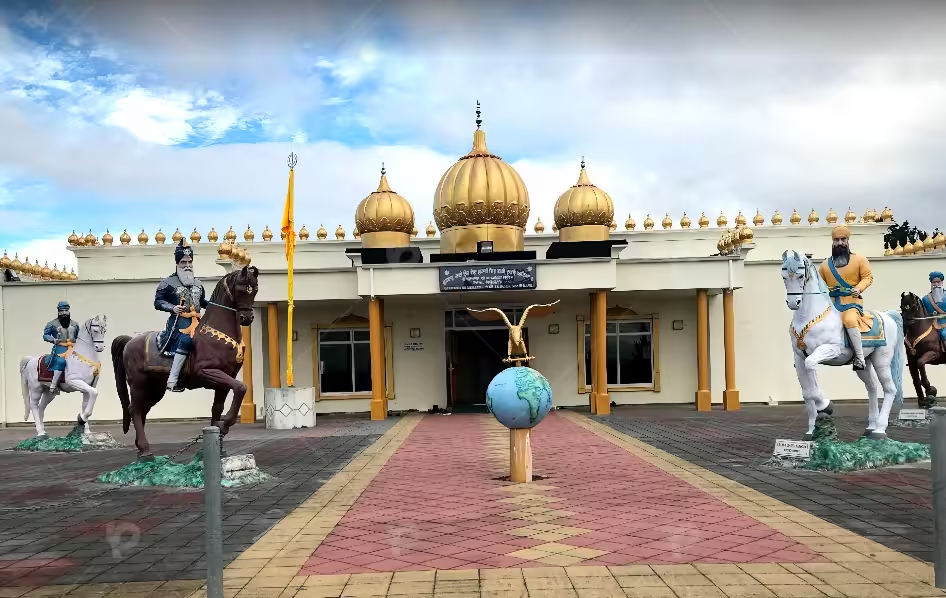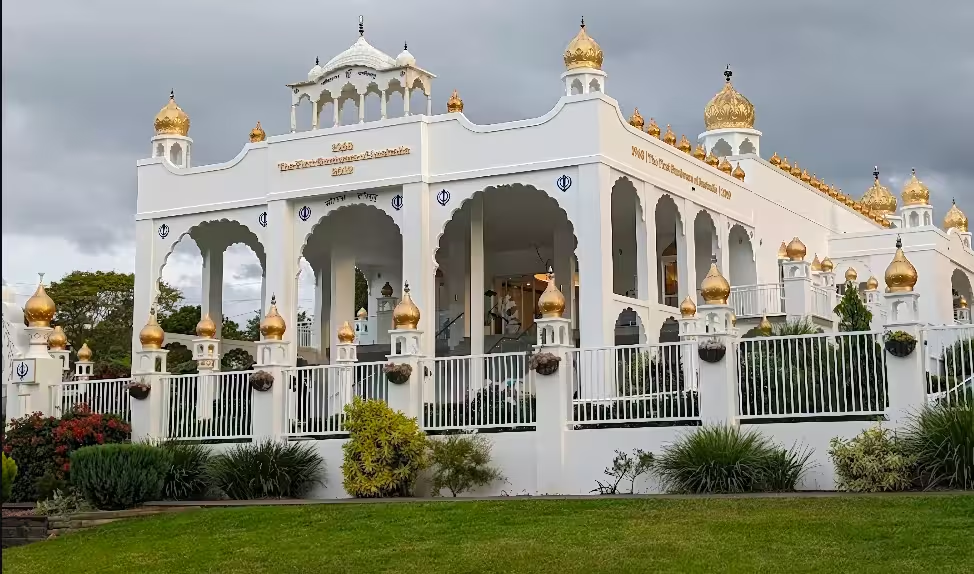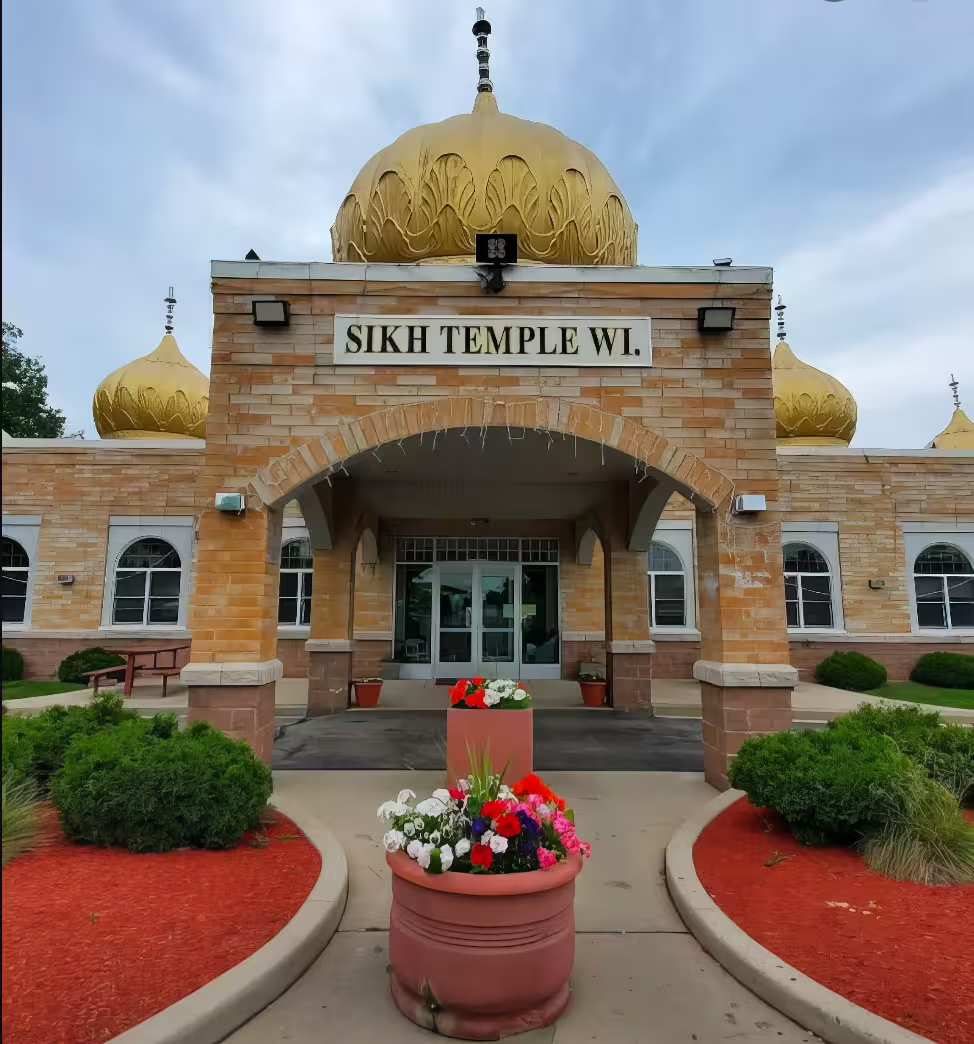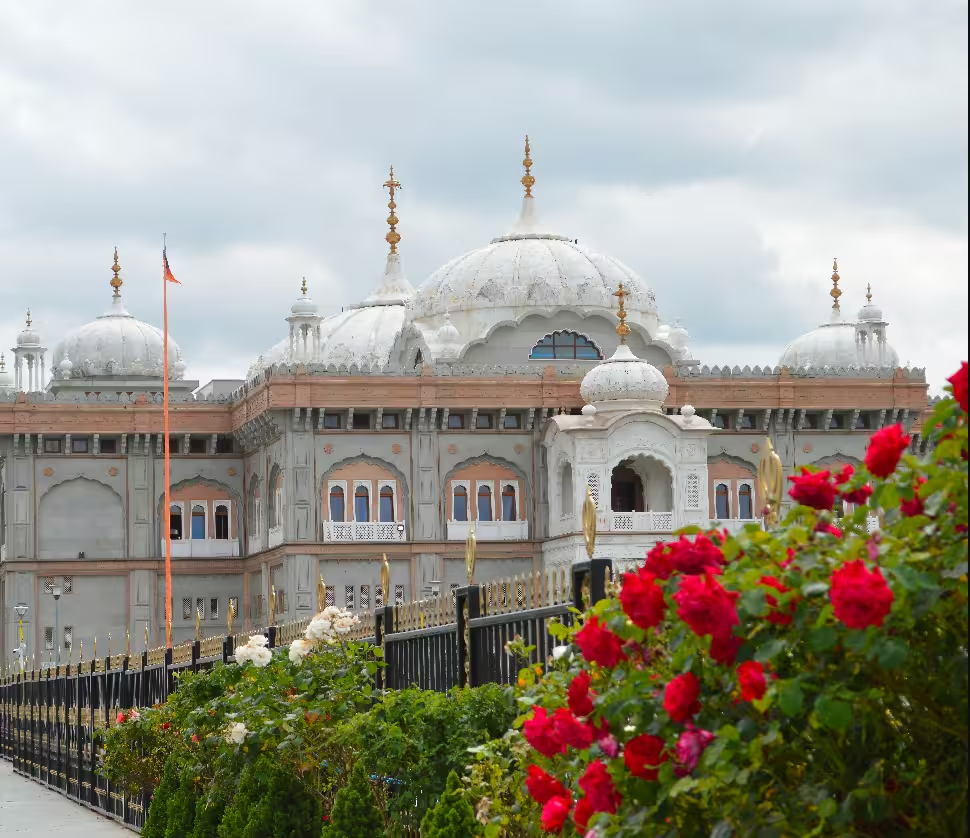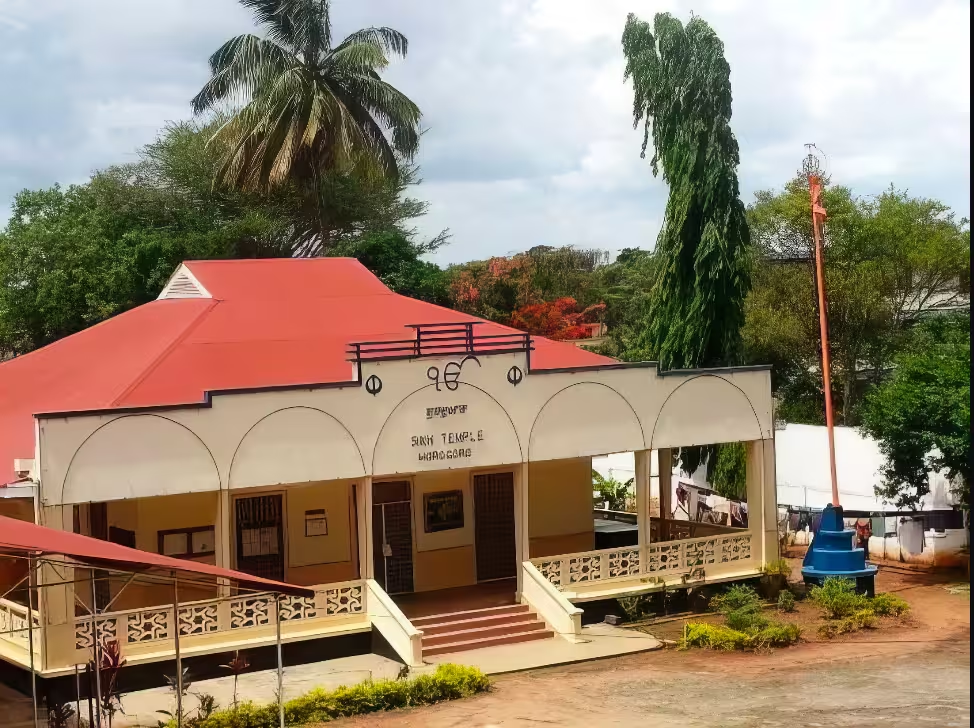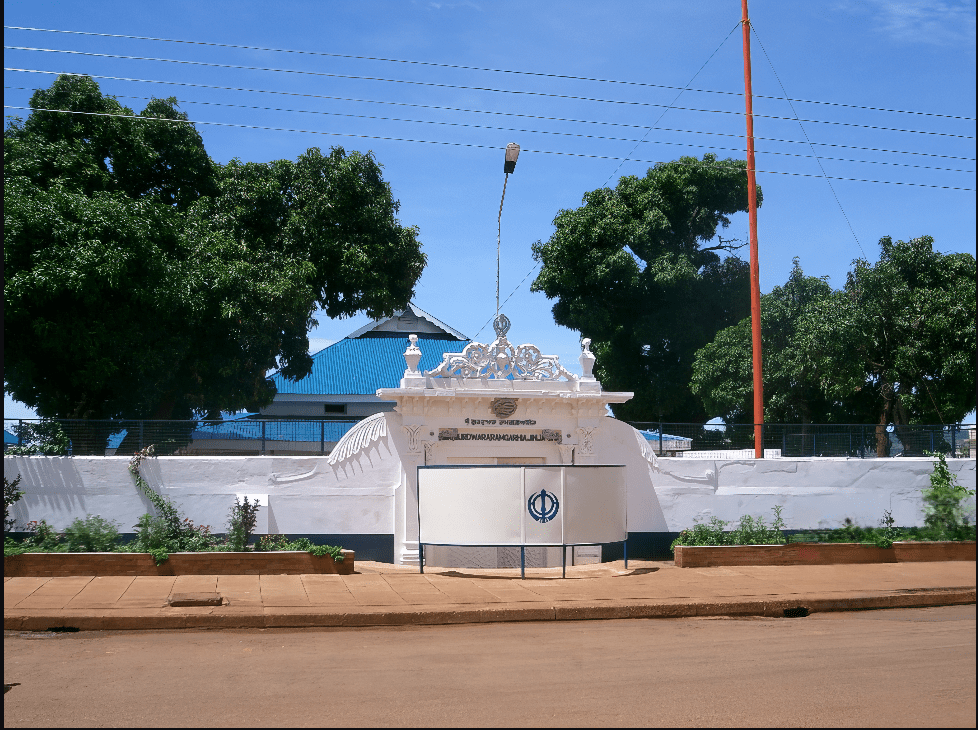🧭 Introduction
Sikh migration to the Caribbean began in the 19th and early 20th centuries, largely as part of the British indentured labor system. While Sikhs formed a small fraction of the workforce compared to Hindus or Muslims from India, they settled in countries like Trinidad and Tobago, Guyana, Suriname, and Jamaica. Over time, the community transitioned from labor to trade, education, and professional services. Despite small numbers, Sikhs have preserved their identity through traditions, language, and community service.
Timeline of Sikh Migration to Caribbean Nations
1838–1917: British indentured labor system brings Indians, including a few Sikhs, to Caribbean plantations.
1920s–1940s: Some Sikhs migrate independently as traders and clerks.
1960s–1980s: Professional migration increases, including teachers, doctors, and engineers.
1990s–Present: Modern Sikhs, mostly from Canada and the UK, arrive for business or diplomatic purposes; community links strengthen.
Sikhism also referred to as Sikhi, Sikhism is a monotheistic religion that was founded in the latter half of the 15th century CE by the Sikh Gurus in the greater Punjab region of the Indian subcontinent. At present, Sikhism has more than 25 million followers all over the world and is considered as the 5th largest organized religion in the world as well as the youngest among the world’s principal religions which include Hinduism, Islam, Christianity, Judaism, Jainism, and Buddhism.
The fundamental principles of Sikhism have been inscribed in the “Guru Granth Sahib” – the holy religious scripture of the Sikhs. It is a collection of songs, prayers and hymns from the Sikh Gurus and other holy men.
🎨 Cultural Contributions & Challenges of Sikhs
Sikhs in the Caribbean have contributed to education, small business development, interfaith harmony, and social service. Traditional Punjabi festivals like Vaisakhi are occasionally observed, and Punjabi cuisine is appreciated in multiethnic cities.
Challenges include:
Low awareness of Sikh identity
Lack of Sikh-specific institutions
Cultural dilution due to intermarriage and small population
However, efforts continue to preserve heritage through language classes, religious observance, and digital outreach.




